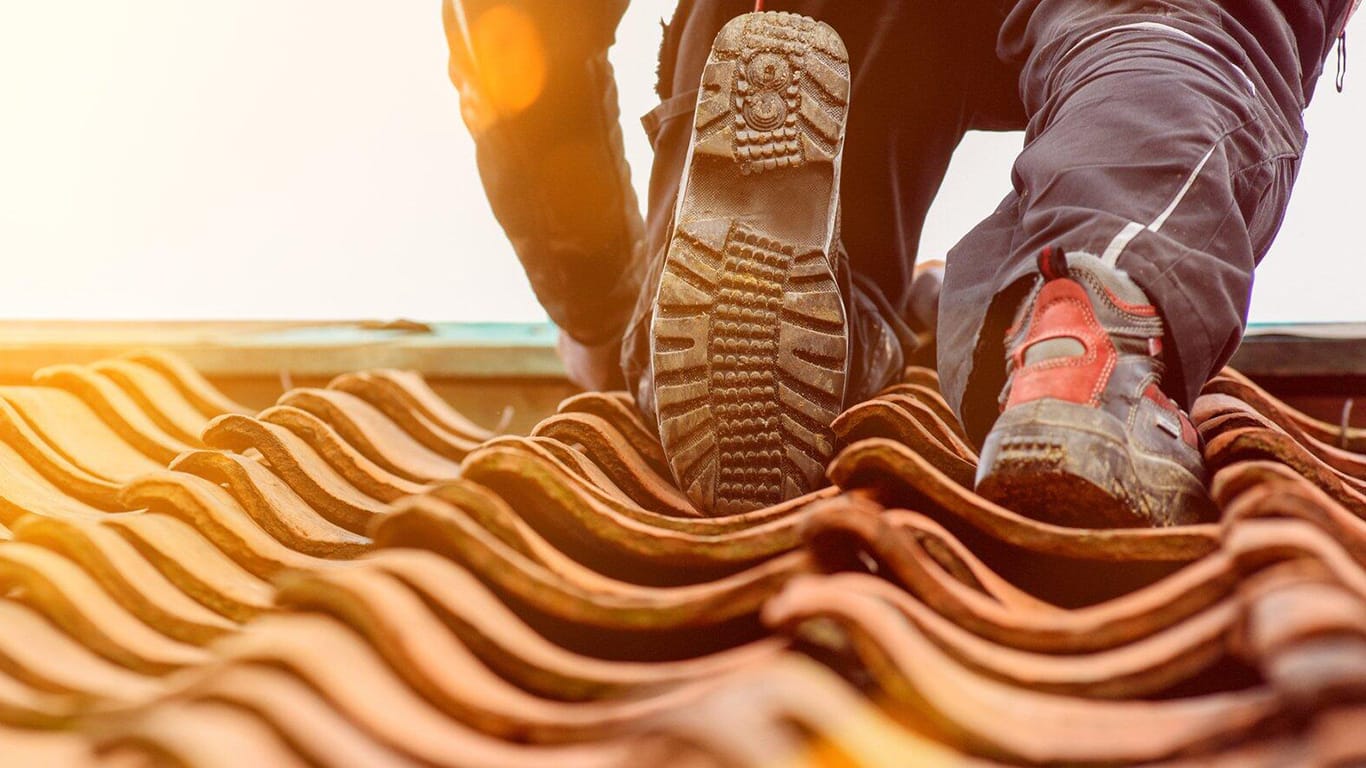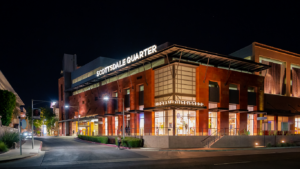Buildings that remain consistently active face unique design requirements. Transportation terminals, hospitals, warehouses, and universities manage large volumes of people and operations daily. While interiors receive focused planning, exterior structures like roofing systems require equal attention to ensure reliability and functionality.
Durable roofing choices are essential for maintaining operations without unexpected delays. Selecting systems that withstand wear and weather is part of ensuring continuous performance. This is why many turn to a commercial roofing co for support in evaluating system needs and structural fit.
Why Roofing Durability Supports Long-Term Use
Frequent movement across the rooftop, vibration from equipment, and exposure to outdoor elements influence how well a roof performs over time. High-traffic facilities are more likely to experience foot access, machinery installation, and repairs, all of which place repeated stress on the roofing surface.
Materials with high puncture resistance, tensile strength, and weather tolerance are typically selected to manage these pressures. This focus on endurance reduces the frequency of service needs and helps preserve interior conditions that depend on consistent roof protection.
Weather Conditions and Roof System Choice
Roofs are exposed year-round to changing temperatures, storms, and sun exposure. In colder regions, roofs may carry heavy snow loads. Heat can cause expansion and contraction cycles in warmer climates that affect the surface and structure. Selecting materials that match the local environment enables the system to perform more effectively throughout the seasons.
Options that deflect UV rays or resist pooling water help reduce damage. These features also contribute to energy control within the building, maintaining internal systems in a stable and efficient state. Weather-ready roofing materials offer consistent performance with fewer facility schedule interruptions.
Rooftop Access and Load Support Matter
Maintenance teams frequently use the rooftop to service electrical systems, ventilation, and other utilities. A roof designed for foot access should be built to carry both static and moving weight while preserving surface quality.
Some systems also include designated walkway pads or areas that provide traction and reduce wear in high-use spots. This type of planning makes routine tasks easier and safer for on-site crews. Load-bearing capacity and access-friendly features contribute to reduced service disruptions and longer service life for the roof system as a whole.
Installation Approaches that Strengthen System Stability
Proper installation improves roof performance and minimizes long-term issues. Early planning allows teams to tailor solutions to building requirements. Key practices include:
- Creating watertight seals
- Ensuring effective drainage
- Aligning systems with structural features
These steps support long-term durability and reduce the need for corrections. Coordinated efforts during construction also help maintain timelines and improve overall system reliability.
How Roofing Service Providers Add Value
Experienced teams working across roofing and exterior wall systems offer practical support during complex installations. These teams often assist with large-scale facilities, public infrastructure, and industrial plants that require careful coordination and planning. Their services include 3D scanning, panel system design, and weather-resistant detailing, all tailored to the project’s scope.
When a single provider manages multiple parts of a building’s envelope, communication between teams becomes more efficient and transparent. This structure helps maintain schedule alignment and quality control, which is particularly beneficial for facilities that operate continuously and cannot afford long delays or interruptions.
Facilities that operate at high capacity benefit from roofing systems that are stable, long-lasting, and built to handle frequent use. Selecting the right option with the help of a commercial roofing co allows property managers to support performance while reducing long-term concerns. By focusing on strength, weather resistance, and reliable installation, high-traffic buildings can remain functional and protected for years to come. Durable roofing is a crucial component of a broader system that enables buildings to perform efficiently under everyday demands.




